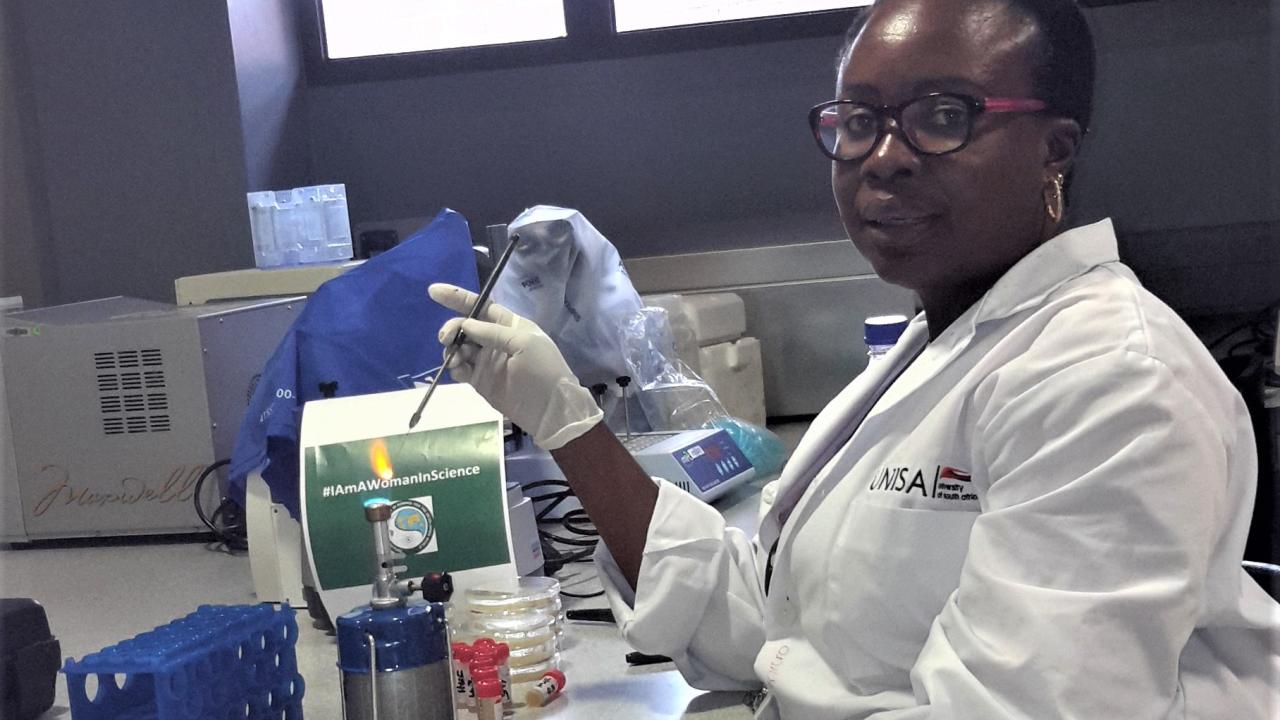OWSD Nigeria National Chapter Presents: "Understanding and utilizing research collaborations to enhance performance and visibility of women scientists" by Chioma Blaise Chikere
In this sixth edition of the OWSD Nigeria National Chapter University of Port Harcourt Branch series, Chioma Blaise Chikere highlights the importance of collaboration for women in science.

A. WHAT IS RESEARCH COLLABORATION?
Collaboration in academic research involves partnership between/among academics with regards to a specific project geared towards achievement of beneficial outcomes for all parties concerned.
Collaborations can be intra-/inter-disciplinary, intra-/inter-institutional, and international.
Projects worked on as a consortium can often have numerous benefits such as publication of research findings in high-impact factor journals and teaming up with the industry which can increase an academic’s productivity through follow-on publications.
B. FACTORS TO CONSIDER BEFORE INITIATING COLLABORATIONS
1. Test the waters: You need to know your potential collaborator well enough to be open and amenable to work together and at the same time you must be prepared to equally showcase your best abilities to ensure the partnership benefits all and sundry.
2. Have novel ideas to contribute: Both parties involved must add something unique to the collaboration. This could be a new approach from another field, a new technique or skill, or even an exceptional piece of equipment. You need to find somebody that does something that you cannot do in your usual setting so as to produce resounding results.
3. Set the governing rules: Ground rules must be set from inception for instance, who would be the principal investigator or lead author to avoid ethical issues. Agree on the type of journals to publish in whether a) high profile review or theoretical journals b) interdisciplinary journals. c) subject-specific journals
4. Keep communication open and clear: There should be regular calls, email updates and most importantly, physical meetings to discuss critical issues relating to the research especially when collaborators are coming from different disciplines. Finding common grounds on the basis of reporting the outcomes of the project can be very complicated if not handled with caution. In such cases one needs to do more of listening than talking during the physical or online meetings.
5. Be and stay flexible: You must be very amenable to constructive criticisms and compromise when your collaborators have certain institutional requirements that may affect your schedule like deadlines and academic policies. Never be afraid to talk to people, go to conferences, scientific events and try to meet a new [potential collaborator] as often as possible. Where getting sponsorship may be a challenge, meeting other academics from different environments can open great opportunities.
C. BENEFITS DERIVABLE FROM COLLABORATIONS
1. Collaborating with individuals outside your lab/research group gives you the opportunity to develop as a scholarly author.
2. Writing with different collaborators and for different audiences requires you to communicate your ideas and protocols (methods) more effectively than you would have done when writing for your peers and close colleagues.
3. Multi-author publications from different disciplines are highly recognized more than single or 2-author publications.
4. Citation per paper for co-authored publications is higher than that of single author publications in all fields.
5. Inter-institutional collaborations enhance research visibility
D. ACTION PLANS TO IMPROVE ON PERFORMANCE
1. Target high profile and accredited journals.
2. Focus on quality of outputs and not quantity.
3. Have good mentoring plans for early career researchers (PG students and younger colleagues) in your group including advice and guidance on publication planning.
4. Regular monitoring and review of research outcomes including comparisons with peer organizations to ensure research designs and plans remain relevant, current and competitive.
5. Enhancement of grant funding support to enable the development of collaborative research teams and co-author networks.
6. Seek for international placement schemes that support mostly women scientists to foster broader collaborations.
7. Have well thought out strategies to improve on dissemination and discoverability of research.
8. Ensure your research outputs and publications are placed on social media platforms, academic and institutional repositories.
9. Membership in professional societies which could be gender-based like OWSD, subject-specific or inter/cross disciplinary networks and organizations is bread and butter of beneficial research partnerships with other academics.
REFERENCES
Palmaro, E. and Konieczko, J. (2019). Grant Opportunity Support: Finding Opportunities & Experts in Canada. Webinar available at www.brighttalk.com
Gazni, A. and Didegah, F. (2011). Investigating different types of collaboration and citation impact: a case study of Harvard University’s publications. Scientometrics. 81(12): 251-262.
Quadrio‑Curzio, A., Blowers, T. and Thomson, J. (2020). Women, Science and Development: The leading role of OWSD. Economia Politica 37:1–12 https://doi.org/10.1007/s40888-020-00173-w
About the author
Dr. Chioma Blaise Chikere
Senior Lecturer
Environmental Microbiology and Bioremediation Division
Department of Microbiology, Faculty of Science
University of Port Harcourt
Nigeria
ORCID ID: orcid.org/0000-0003-3004-9780
LinkedIn: www.linkedin.com/in/chioma-blaise-chikere-a5818a32
